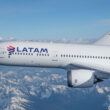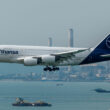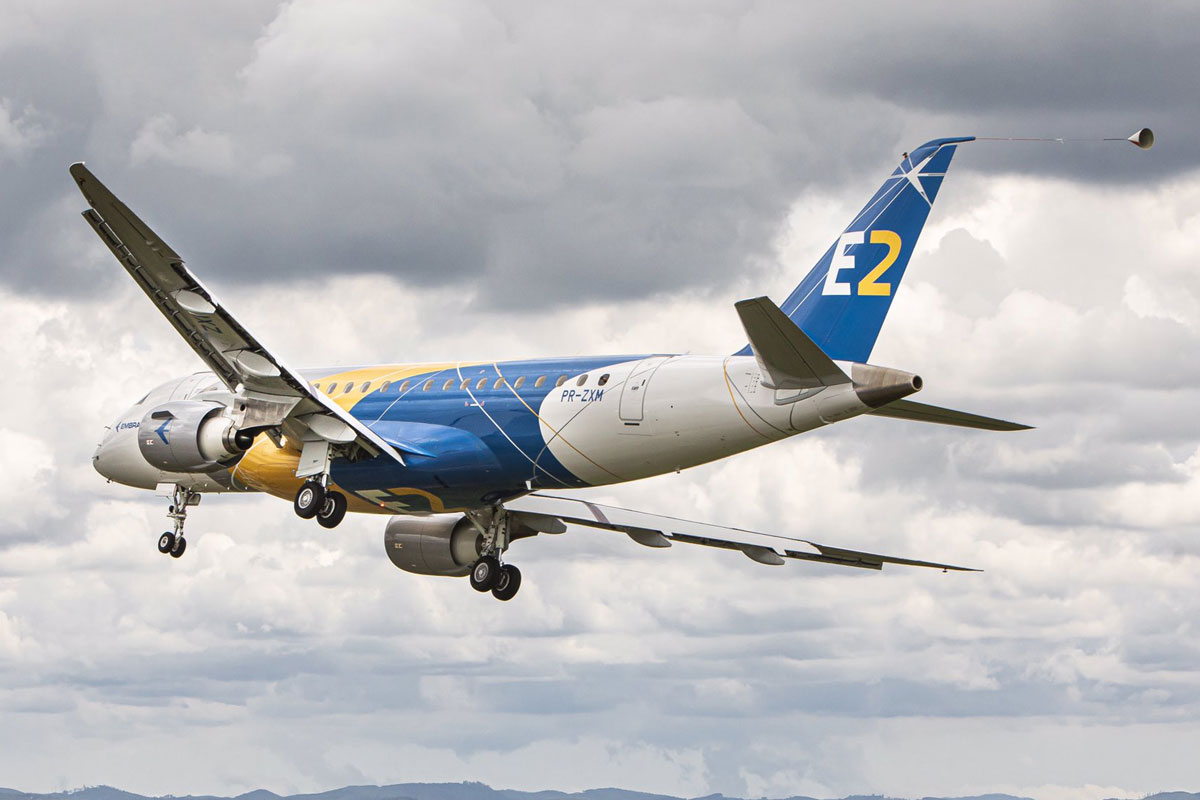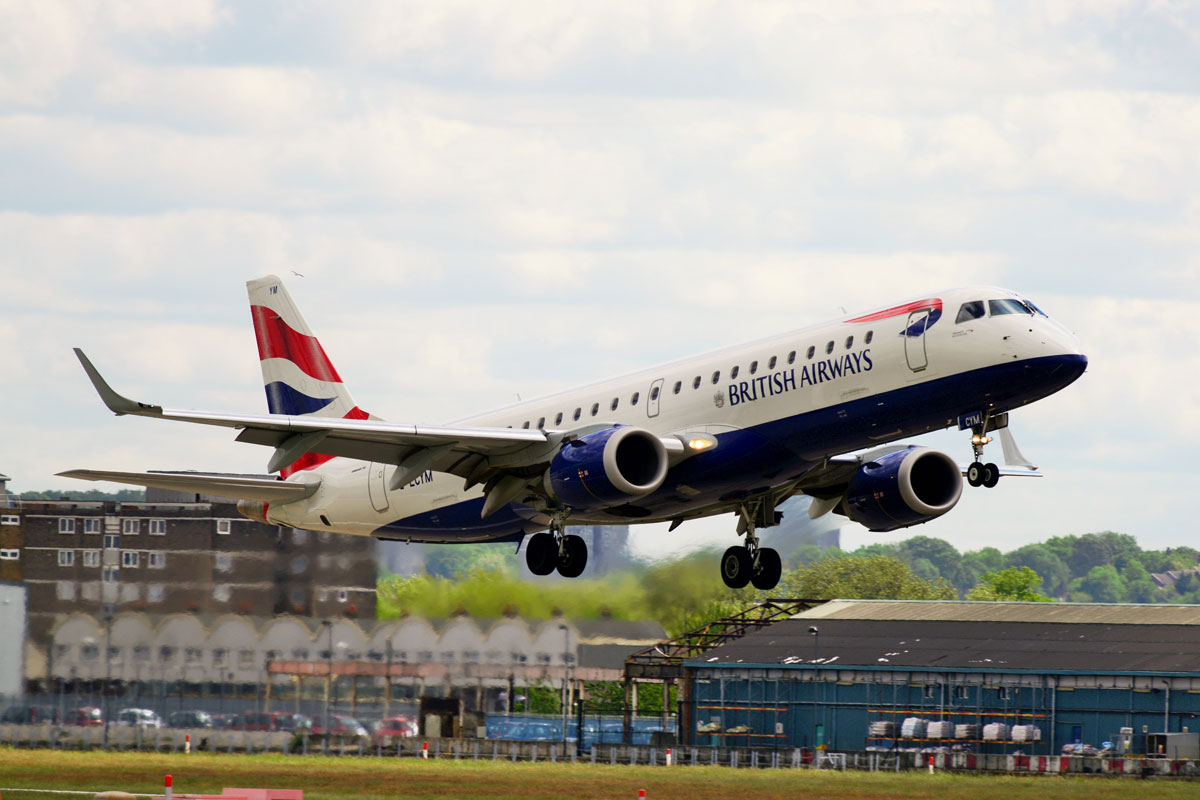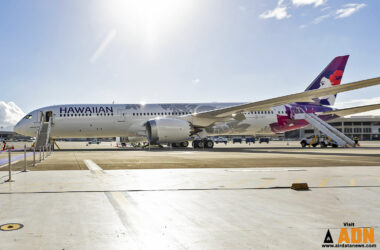Launched in 2014 in a partnership between Russia and China, the CR929 widebody is still under development, but is being redesigned to not rely on Western components, said Denis Manturov, Russian Minister of Trade and Industry.
The aircraft that will be equivalent to the Airbus A330 and the Boeing 777 went through a period of difficulties in which the Chinese and Russians did not seem to understand each other, but statements in both countries reinforced the interest in taking the project forward.
On June 17, Manturov stated that “CR929 is underway. But taking into account the new inputs, in line with the restrictions that exist today in terms of cooperation, which was formed by Chinese partners with the involvement of Western manufacturers, this now it’s impossible, so you’ll have to spend time restructuring approaches using only Russian and Chinese manufacturers.”
In China, the press has said that the CR929 is not only not late but has some advanced processes, such as the one involving the design of the wings in composite material.
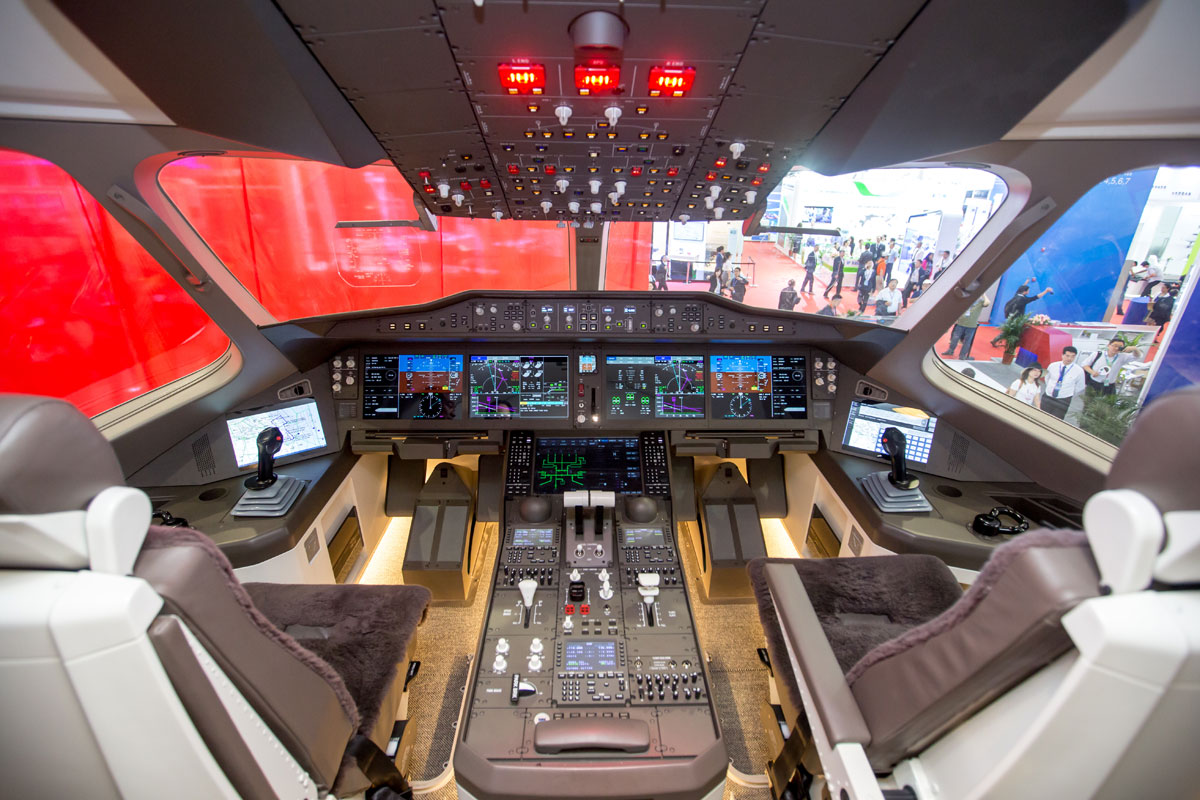
According to reports, the jetliner’s fuselage started production in September while part of the wings began production in November.
Russians and Chinese have also celebrated tests with the PD-35 turbofan, the largest ever developed in Russia. If, before the sanctions, GE and Rolls-Royce vied for the primacy of supplying the CR929 engines, this task will now fall to UEC-Aviadvigatel.
Companies such as Honeywell, which would supply the avionics, and Liebherr, responsible for the landing gear, should be replaced by manufacturers such as Hydromash and KRET.
Despite the optimism, the difficulties faced by the MC-21 (UAC) and C919 (COMAC) programs reveal how the project of an advanced commercial jet can cost time and money.


